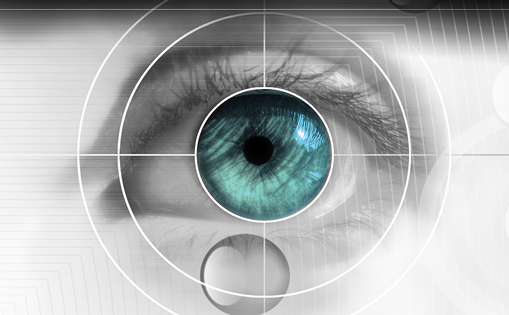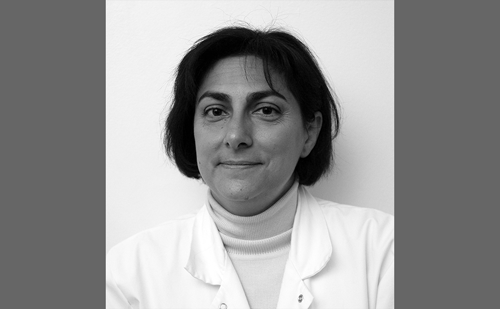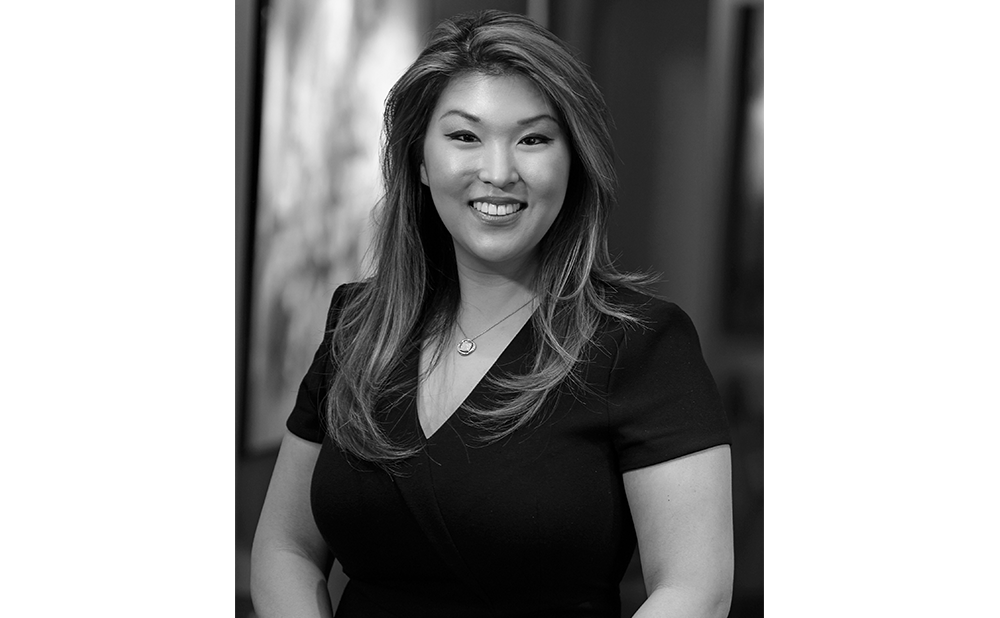Ocular nystagmus is a condition characterised by conjugate rhythmic and involuntary oscillations of the eyes, which may be pendular or jerky. Nystagmus may be either a physiological condition – such as the gaze-evoked nystagmus or optokinetic nystagmus – or a pathological condition. In the latter case, acquired or congenital pathological nystagmus with jerky, pendular or mixed oscillations of the eye may be observed. Congenital nystagmus may be patent, i.e. always present in both binocular and monocular vision, and/or latent, i.e. present and/or accentuated only in monocular conditions. A distinctive feature of acquired nystagmus is oscillopsia. Congenital nystagmus may be associated with either poor vision – which is typical of nystagmus associated with ocular and oculocutaneous albinism or albinism due to sensorial deprivation – or good vision. In the latter case, eye disorders are usually not evident, and visual acuity can reach 20/20 in binocular vision.
Patients with good visual acuity and congenital nystagmus often develop compensatory strategies for the purpose of benefiting from eye positions in which nystagmic jerks are reduced or absent. Compensation may be present in the primary position, but it is obtained much more often in eccentric horizontal-, vertical- or torsional-gaze positions. When compensation is achieved in an extreme horizontal position of the gaze, there is an active block, which means that nystagmic jerks are masked by nervous pulses that reach the oculoextrinsic muscles in order to keep the eye in that position. The patient typically has a marked torticollis. More rarely, the so-called rest position, or Kestenbaum’s zero position, is reached when compensation is achieved in a position no further than 10–15° from the primary position. The electrical nystagmic activity disappears without any active mechanism. In this case, torcicollis appears to be moderate. Even less frequent are the cases where there is an oblique compensatory position. Regardless of the presence or absence of a horizontal or oblique block strategy, most types of nystagmus show a reduction in the converging jerks normally associated with close-range vision that is as at least as good as or better than distant vision. Patients with acquired vertical nystagmus may also sometimes assume a compensatory head posture in order to dampen the jerks and to reduce oscillopsia. In downbeat nystagmus, the jerks usually become less prominent or disappear when the patient gazes upwards, and patients may show a compensatory ‘chin down’ position. The opposite happens in upbeat acquired neurological nystagmus, where patients may assume a ‘chin up’ head posture.1,2
Surgical Intervention on Extraocular Muscles
Currently, nystagmus cannot be cured. Over the years, many different surgical strategies have been attempted to improve the visual performance of nystagmic patients.3–7 In some carefully selected cases, it is possible to help patients and enable them to use their eyes at their maximum visual potential; however, it is not fair to promise improvements in their visual acuity. In cases of congenital nystagmus of ocular origin associated with poor vision when there is no abnormal head position, it is our opinion that to reduce jerks the only possible surgery on the extraocular muscles is the supra-maximal recession of the four horizontal rectus muscles.8–13 Patients may also benefit in terms of a reduction in head nodding.
Cases of congenital nystagmus without ocular alterations and with good vision (usually normal binocular vision) require different surgical choices. When fixed compensation strategies are present, surgery will make use of their mechanisms. We suggest the supra-maximal recession of the adjugate muscles for gaze-evoked torticollis and a recession of the adjugate muscles for torcicollis in the resting position, or a recession or resection of the four horizontal rectus muscles. Muscle surgery is not indicated when there is no abnormal head position for compensation in the primary position. In our opinion there is no indication for surgery on eye muscles in the absence of fixed strategies for compensation, such as alternating torcicollis or torcicollis due only to distant vision or compensation only for close-range vision with low distant vision. In cases where the patient shows a blockage of nystagmic jerks in convergence and a normal binocular vision with a good convergent fusional range, he or she may benefit from artificial divergence surgery aiming to transfer the block to distant vision. There are coded surgical procedures entailing either the oblique recession of all four rectus muscles of each eye (Spielmann) or horizontal transposition of the vertical rectus muscles (von Noorden), which can be useful in patients suffering from oblique torticollis due to oblique blockage position.
Recent surgical nystagmus treatment attempts include tenotomy and the subsequent reattachment of the horizontal rectus muscles at the level of the original insertion. These treatments follow Dell’Osso’s suggestion of pursuing a change in the activity of the proprioceptors that are present in extraocular muscles – an activity that is secondary to surgery itself.14–17 The first encouraging results obtained in humans date back to 2003, and concern a single centre, the Columbus Children’s Hospital in Ohio.14 In an article published in 2007, Hertle and Dell’Osso questioned the efficacy of Anderson’s surgical procedure.18 A muscular recession surgical procedure necessarily requires a tenotomy and, according to these authors, it is difficult to establish what the contribution between the supra-maximal recession of horizontal rectus muscles is compared with the tenotomy performed at the same time in terms of jerk decrease.
Patients with nystagmus may also have strabismus. In these cases the evaluation of the surgical procedure is more complex. In the presence of torticollis due to either nystagmus blockage or Kestenbaum’s zero position in a strabic subject without normal binocular vision and the absence of alternating fixation, surgery will be performed on the extraocular muscles of the fixing eye only. The same surgery for nystagmus may either improve (congruous torticollis) or worsen (incongruous torticollis) strabismus. Therefore, in the latter case it will be necessary to appropriately adjust it for the single muscles in order to correct both conditions at the same time.
In the first two years of life there is a latent nystagmus that develops when normal binocular vision is absent and becomes apparent when only one eye is closed while beating towards the fixing eye. As it is present in monocular vision only, this nystagmus does not normally jeopardise visual capacity and merits surgical treatment only when it causes a fixation in abduction, which is responsible for torcicollis. In patients with acquired vertical nystagmus, surgery can be proposed according to the Kestenbaum-Anderson principle in the presence of a compensatory head position. Particular care must be taken when searching for a compensatory head posture in these patients. The position of gaze when the jerks reduce or disappear is often extremely eccentric. As with the pre-operative assessment of patients with congenital nystagmus, homonymous-based prisms should be used to assess the potential benefit of surgery and to quantify the amount of recession on synergistic muscles.1,2
Refractive Surgery and Nystagmus
The presence of refractive errors causes additional problems in patients with pathological ocular nystagmus. Eyeglasses are useful when there are no associated abnormal positions of the head. Conversely, in the presence of ocular torticollis, the patient finds the use of optical correction difficult because the position of the eyes corresponds to the eyeglass frame. In these cases, the improved head positioning obtained after surgical correction enables the patient to benefit greatly from the use of optical correction. While in the presence of refractory errors of a spherical type there is no need to look through the optical centre of the lens, this becomes absolutely necessary in the presence of refractive errors of the astigmatic type. A solution is offered by contact lenses, which, while adhering to the eye bulb and moving together with it, make it possible to overcome the problem of the optical correction using eyeglasses. Moreover, modern refractive surgery techniques also make it possible to correct high levels of astigmatism with outstanding results by allowing a marked reduction of the refractive defect, if not the total elimination of the optical correction.19–24
Studies conducted by our group showed that patients suffering from pathological ocular nystagmus show high astigmatic-type refractory defects at a much higher rate than the general population.25 This demonstrates the value of correction of the refractive error by excimer laser surgery in order to definitively avoid optical correction, which is often either insufficient in patients with ocular torticollis, as in the case of correction with eyeglasses, or potentially uncomfortable or dangerous, as in the case of contact lenses (often of the semi-rigid type). Therefore, the correction of refractive defects by excimer laser in patients suffering from pathological ocular nystagmus seems to be one of the few clinical indications for this type of surgery. In this regard, it must be noted that until now the presence of pathological ocular nystagmus has been a contraindication for refractive surgery due to the operator’s difficulty in centring the eye during the procedure. Newgeneration excimer lasers have a sophisticated system for tracking and centring; however, these are not sufficient in patients with ocular torticollis where nystagmic jerks are most frequent in the primary gaze position. These patients are candidates for the surgical treatment of nystagmus even before refractive surgery. Therefore, they require an analysis of their entire pathology, something that can be accomplished only by those who have a full, comprehensive grasp of the entire field.







